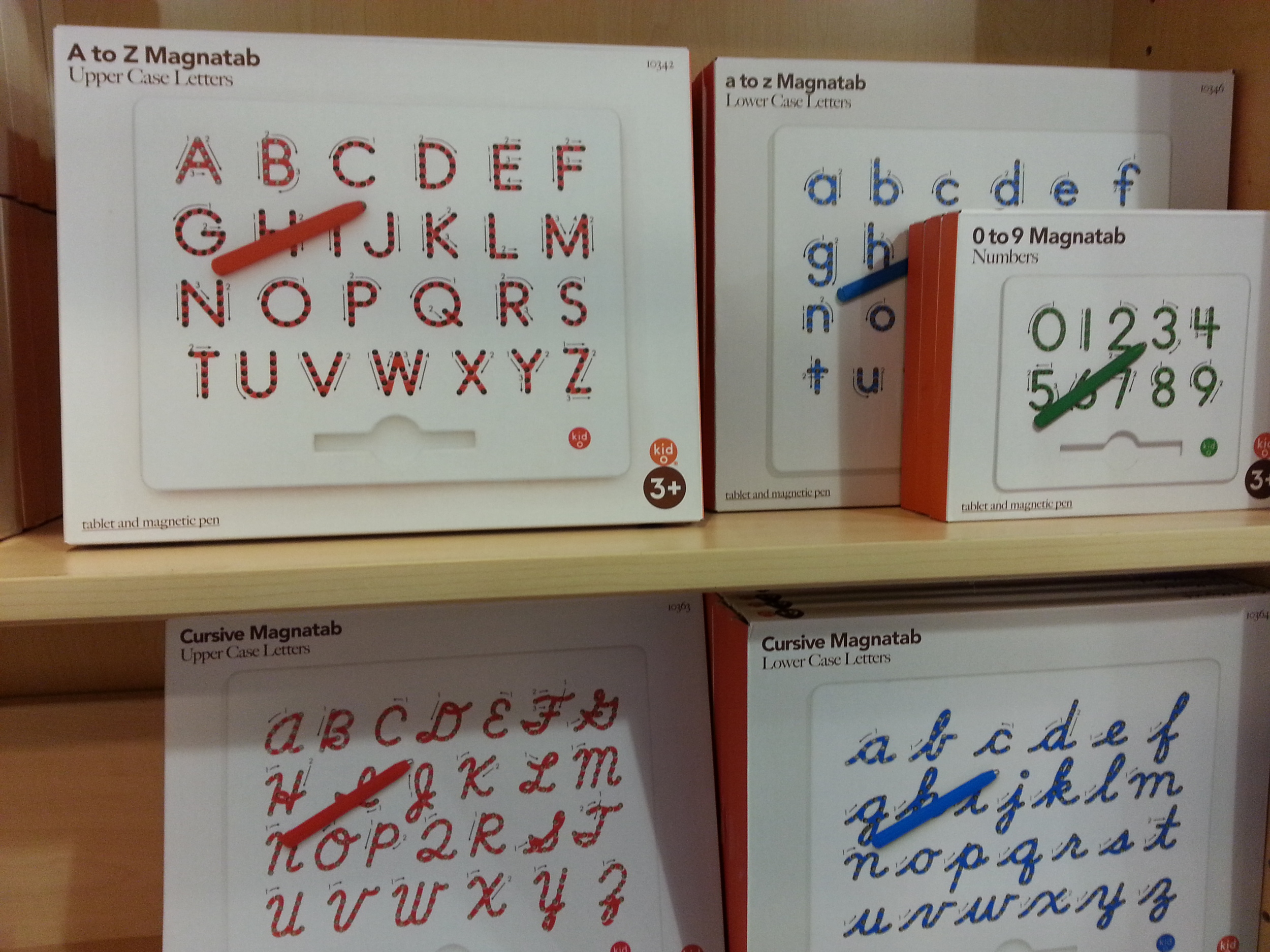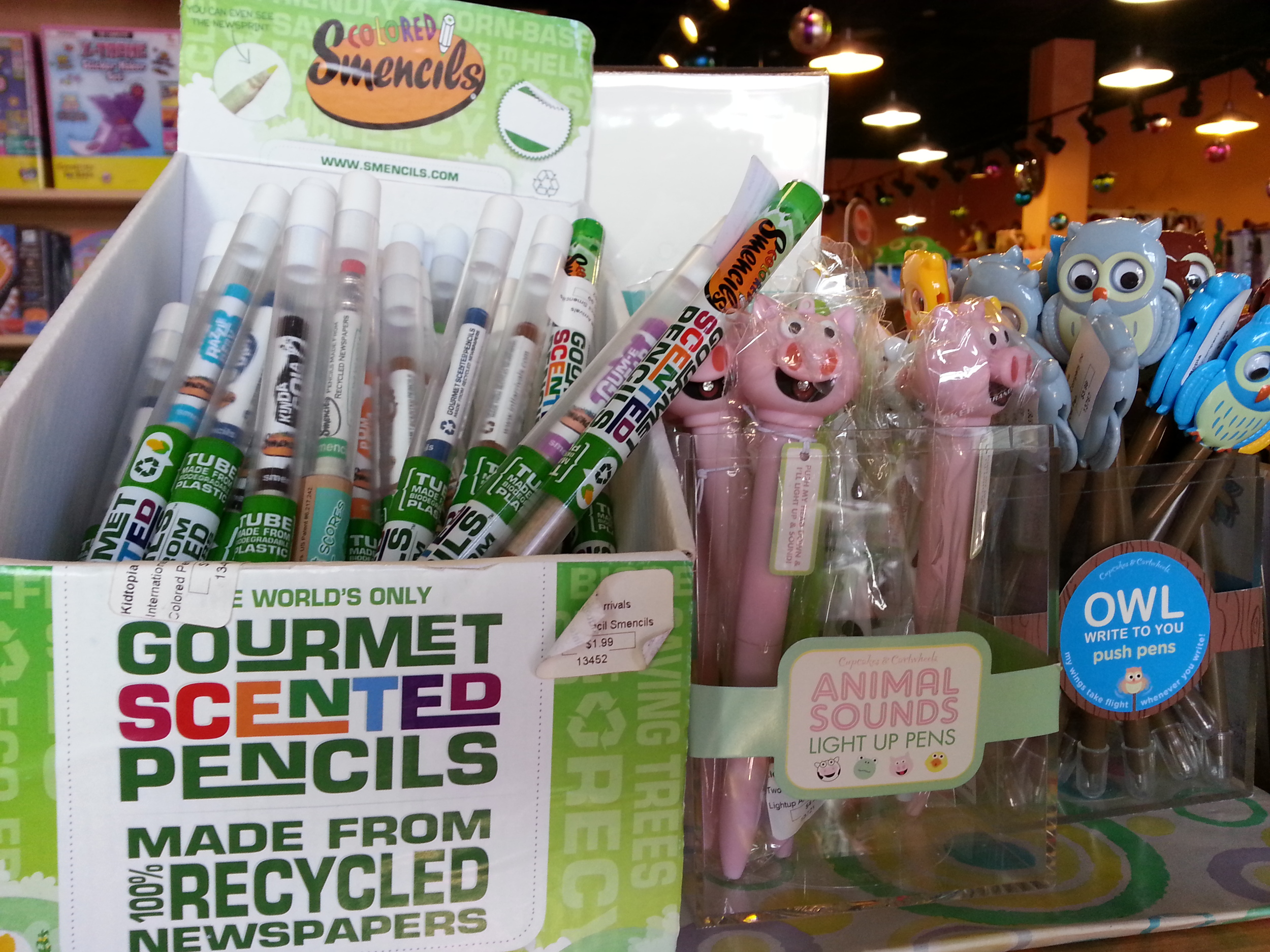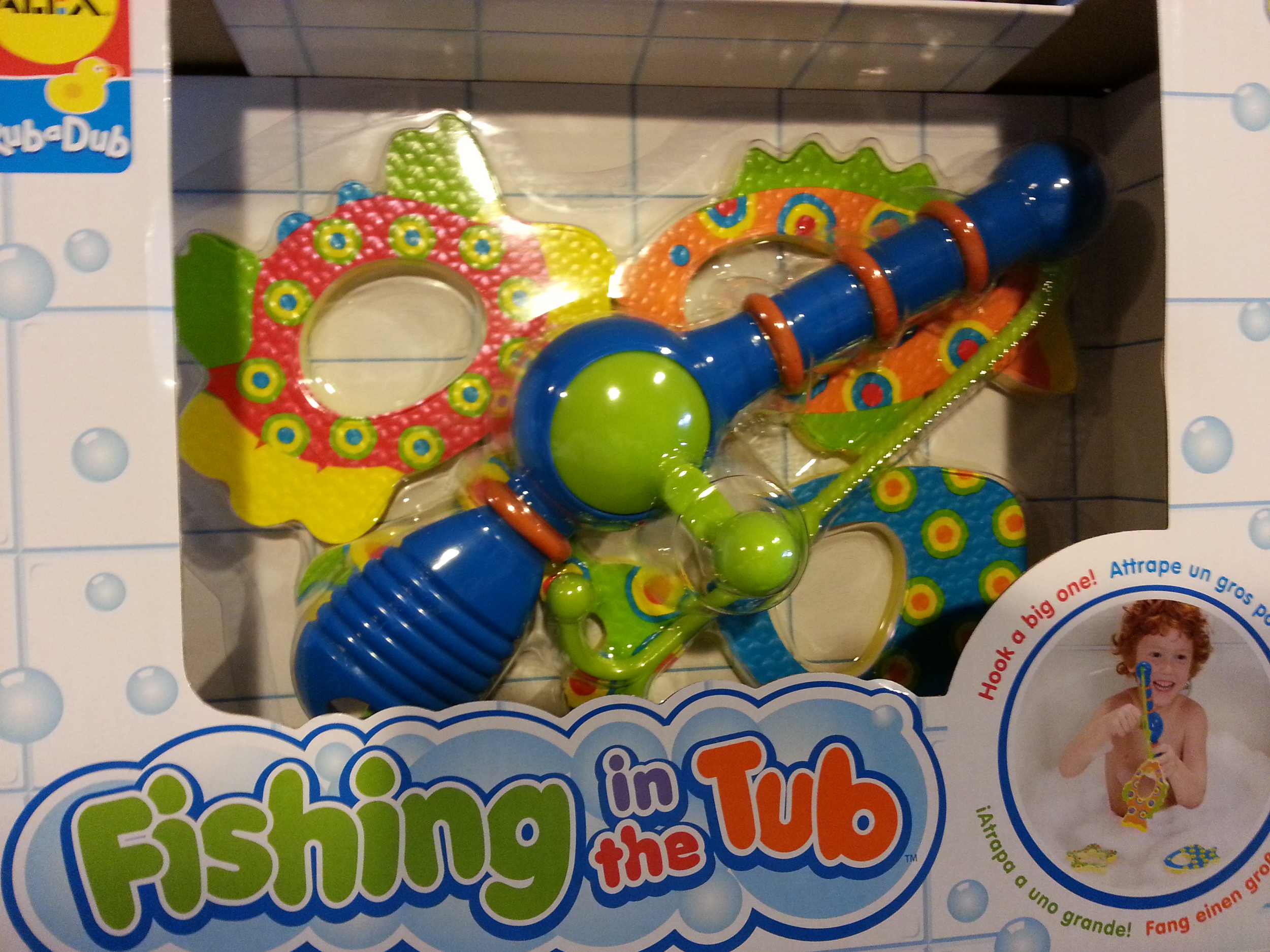When I was growing up, I remember having a small red and white GE Show n Tell “television” on which you could view color slides with a record player on the top which played accompanying (or independently purchased) 45s. The soundtrack to “Grease” and an old Eddie Rabbit album with “Rainy Night” were my earliest memories of that technology. The red plastic ViewMaster 3Ds came along shorty thereafter with stories on a wheel of slides that instantly became one of the great advancements that made my childhood so amazing. I still remember my first Walkman and how amazed I was (we all were) that it was practically the same size as the cassette tape itself! Where did the technology fit!???
My daughter is growing up in an age where she has: three ipads to choose from when she goes potty, a library of videos on any car ride or flight and the ability to purchase and download apps on my wife’s iphone by age 2 ½. I see it as an amazing leap and an educational advantage… but these tools are also seen as over-indulgences and the beginnings of a devolution by others. I’ve heard the arguments against children having ipads that range from “…they serve as a mindless form entertainment that promote inactivity and laziness” to “…an expensive gateway to anti-social behavior and pornography addiction” Call me crazy, but I think the same could be said for books and cable television if not properly supervised.
My 3 yr old daughter plays math games and word puzzles with her favorite Disney characters on her ipad and yes… also does stream some of her favorite Sprout and Disney Jr. shows… but only the ones we approve of. Shows with solid ethical content and educational undertones (ie; no shouting, kicking and insults dressed in humor from Spongebob Squarepants.) She even enjoys several music and painting programs…so much so that I’ve noticed that she prefers them to actually coloring with traditional Crayola crayons and markers. Which is where my concern came from.
I recognize the value of equipping children with the tools that tomorrow’s technology will be based on. I recognize the necessity of a fundamental proficiency in modern technology in order to accomplish anything from operating whatever comes after the Blue Ray player to…open heart surgery. But I worry about the delayed and possibly postponed learning of handwriting and the development of the manual dexterity required to hold a pencil. Everything she does seems to revolve around the sliding of a finger or opening and closing three or four fingers at once to zoom, shrink, pan and close.
A November 2013 post on Good.is pointed out: “Not so fast with throwing handwriting in the dustbin, though. It turns out that cursive-type writing helps make CAPTCHAS—that series of letters you have to decipher to prove you're not an automated bot trying to buy online concert tickets—tougher for machines to read. If kids don't learn how to read cursive, they're going to have a tough time reading a CAPTCHA.
As TechCrunch aptly points out, researchers at Indiana University have found that children who learn and practice handwriting show brain activity that's similar to adults. "Typing does not do the same thing," says IU professor Karin Harman James. And, for all those conspiracy theorists out there, says TechCrunch, keep in mind that the Constitution is written in cursive. If Americans stop being able to read it, what will happen to the nation?”
I’m sure my grandparents had similar concerns when remote control televisions were first introduced but it moved me enough to seek the advice of the folks who own and operate my daughter’s Montessori School. (Especially after buying a colored pencil set for her when she turned three and she told us: “…I’m not old enough to use these to trace shapes at school yet”). Her teachers informed us that, despite my concern, Catherine was on-track and that grasping a pencil well enough to trace simple shapes usually occurs around the age of 3 ½ - 4 years of age. I guess the overriding concern for my wife and me stemmed from so many of our childhood memories being built around crayons and the multitude of colors…not to mention the boxes they came in. Catherine seems so disinterested in them now that she has such vibrant art apps that not only allow her to choose the color with which to create, but the thickness and material of the virtual marker, paintbrush or stamp as well.
I have begun wondering if the tablets could actually be contributing to the obsolescence of handwriting all-together and perhaps, with my newfound Montessorial understanding of the connections between tangible physical comprehension and conceptual learning, something even greater. Like the "Hip-Bone" song...("...and the writing bone's connected to the ---???").
I began monitoring Catherine’s activity on her tablet more closely and realized that although her continued interest in apps like Dora’s Skywriter, Super Why’s Wands Up Writing and Lickety Letter Hunt, Montessorium’s Intro to Letters and Alpha Writer,etc.. supported her development of writing skills, she might benefit by our supplementing this kind of learning with an increased frequency of the more “manual” exercises she loves like watercolor, drawing and shopping list writing. Even her Mommy’s highly specialized field of pediatric surgery, which requires an incredible amount of manual dexterity and “feel”, has incorporated robotics into the mix. Although the use of robotics has been well-documented as advantageous for many reasons, I can’t help but call to mind the countless stories of her teaching residents how to feel for anatomy or the art of sewing a newborn’s abdominal wall closed which she has likened to “…sewing wet tissue together”.
Although Smithsonian.com ran an article in March of 2013 siting: A survey in the US in 1960 found that the decision to teach cursive in elementary schools was “based mainly on tradition and wide usage, not on research findings.” One school director said that public expectancy and teachers’ training were the main reasons, and that “we doubt that there is any significant advantage in cursive writing.” According to Wallace, nothing has changed: “The reasons to reject cursive handwriting as a formal part of the curriculum far outweigh the reasons to keep it.” (Read more: http://blogs.smithsonianmag.com/smartnews/2013/03/is-cursive-handwriting-going-extinct/#ixzz2Zck8Drsz)...
we are animals that are part of a physical world. Technology’s next great leap is likely to be a return to the “physical” by re-creation through tactile feedback and response. Nothing will surpass the level of skill in and understanding of our world based in a physical learning and manipulation of things. I would not be surprised to see that manual dexterity and the ability to write code as the two most highly prized skill-sets in the next decade.
Bill Graves of the Oregonian reported: “Students today "are not doing this kind of craftsmanship activity that they used to do on a daily basis," he says.
They also may be losing an edge in their learning. Researchers using magnetic resonance imaging to study brain activity say handwriting, whether print or cursive, engages more of the brain in learning and forming ideas.”
With that in mind, I went, with a mission, to find a thinner ipad friendly stylus, scented crayons, sparkly pens that light up...anything to encourage more drawing and/or writing on paper. To my surprise (and delight) I stumbled on a local toy store (Kidtopia) that not only sells everything you've ever seen in any toy catalog, but has developmental and educational games I've never even heard of. One in particular being "A to Z Magnatab" by kidO (see photos below) boards with ball bearings that rise to the surface when you trace the shape of a printed or cursive letter with a magnetized pen. I also found: scented pencils & crayons, pens that make animal sounds and light-up when you write with them and even a fishing game for the tub that requires reeling in the "fish" after you hook one.
With the help of exceptional educators, progressive toy manufacturers and mindful parents, handwriting just might survive... and not end up like hieroglyphics.




